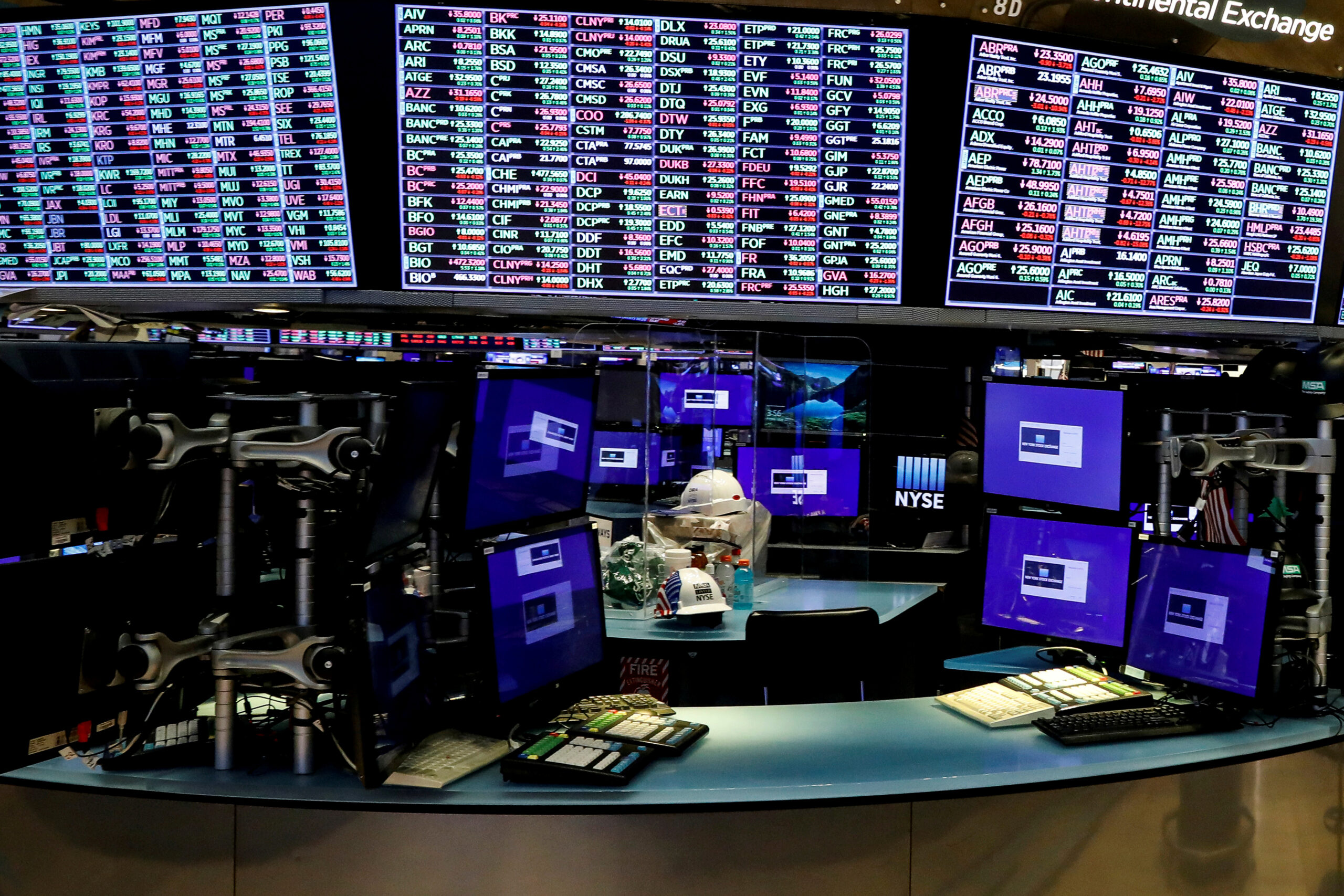
- Indices
- Stocks
S&P 500 recovers from the fall
Do you want to know how to make money from this?
Register for free and get expert advice, access to a training course and webinars.
Key points:
- Retail sales, inflation and producer price data eased investor fears of a recession.
- The volatility index fell, indicating that market fears are easing.
- Analysts predict further stock market gains amid a soft landing and interest in artificial intelligence technologies.
The release of economic data showing an improvement has once again fueled investor optimism about the prospects for a soft landing in the US economy. This has led to a significant rise in US stock indices after significant losses in early August.
The S&P 500 index has shown a recovery of more than 6% since the beginning of the month, successfully overcoming a massive decline that was the largest in the last two years. In parallel, the Cboe Volatility Index (.VIX), often called the “fear gauge” on Wall Street, has also shown a sharp decline, retreating from four-year highs.
What helped the stock market recover?
Macroeconomic data released last week covering retail sales, inflation and producer prices significantly changed market sentiment, dispelling concerns about a slowdown in economic growth that had been sparked by earlier, less optimistic labor market data. The positive economic indicators bolstered investor confidence in previously successful investment strategies such as large tech stocks and, more recently, small- and mid-caps.
In particular, a number of stocks that have demonstrated strong returns this year have shown significant gains since the beginning of August. Chipmaker Nvidia is a notable example, with its shares up more than 20%. The Philadelphia SE Semiconductor index has shown similar dynamics. Small-cap stocks, which were actively bought by investors in July, have also recovered from their recent declines, as evidenced by the performance of the Russell 2000 index.
The S&P 500 has gained more than 16% this year and is close to its all-time closing high in July.
Despite the encouraging economic data, uncertainty remains in financial markets heading into September, traditionally one of the most volatile months of the year. Investors will be closely watching Nvidia’s earnings release later this month, as well as labor market data on September 6.
“Soft landing” of the american economy: to be or not to be?
Market participants have significantly adjusted their forecasts regarding the future monetary policy of the US Federal Reserve. If until recently the prevailing opinion was that a significant reduction in interest rates in September was necessary to prevent a recession, then the latest data indicate a decrease in the probability of such a scenario.
According to CME FedWatch data, by the end of last week, traders estimated the probability of a 50 basis point cut in the federal funds rate in September at only 25%, while on August 5 this probability was about 85%. At the same time, the probability of a 25 basis point cut has grown to 75%, which indicates continued expectations of the beginning of a monetary easing cycle.
Jim Baird, chief investment officer at Plante Moran Financial Advisors, notes that while the risk of a hard landing cannot be completely ruled out, current macroeconomic data suggests that economic growth is quite resilient.
A clearer picture of the Federal Reserve’s plans may come next week when Chairman Jerome Powell speaks at the annual Jackson Hole Symposium. Economists at BNP Paribas expect Powell to acknowledge that enough progress has been made in fighting inflation to begin cutting rates.
Analysts at Capital Economics attribute the optimism in financial markets to the possibility of a soft landing for the U.S. economy and continued investor interest in artificial intelligence technologies. They forecast that the S&P 500 index will reach 6,000 by the end of 2024, up 8% from last week’s close.
Do you want to know
How to make money from the news
Register for free and get:
- Expert consultation;
- Access to the training course;
- Opportunity to participate in webinars

